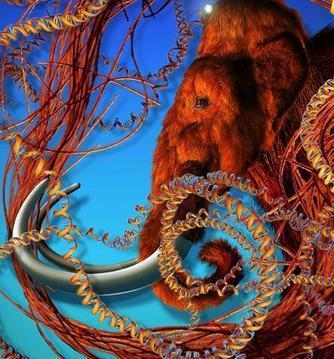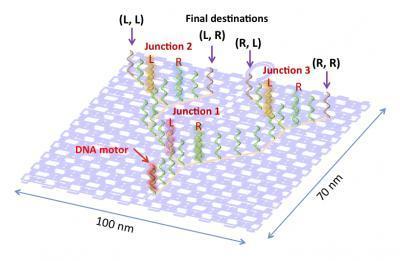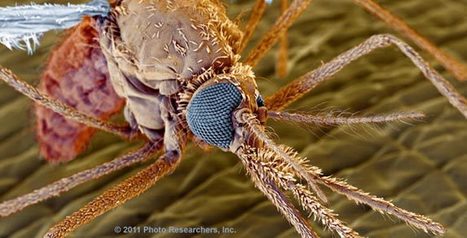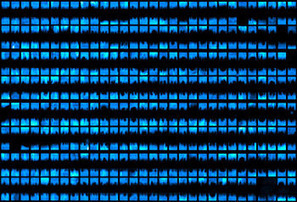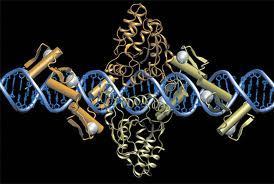Several million years ago, Plasmodium falciparum – the parasite that causes most cases of human malaria – jumped into humans from other apes. We’ve known as much for decades but for all this time, we’ve pinned the blame on the wrong species. A new study reveals that malaria is not, as previously thought, a disease that came from chimpanzees; instead it’s an unwanted gift from gorillas.
Until now, the idea of chimps as the source of human malaria seemed like a done deal. Just last year, I covered a study which said that a related chimp parasite called Plasmodium reichenowi is the ancestor of P.falciparum.According to Stephen Rich from the University of Massachussetts,P.reichenowi crossed the species barrier from chimps to humans just once in history – a defining moment that gave rise to P.falciparum.
But to Weimin Liu from the University of Alabama, something wasn’t quite right. People seemed to have settled on a chimpanzee conclusion without thoroughly testing for Plasmodium in other apes. Fortunately, Liu’s team was well placed to fill in those blanks. For their research, they had already amassed a massive collection of ape faeces: an unenviable collection of 1,827 samples from chimps, 805 from gorillas and 107 from bonobos. Virtually all of these samples came from wild apes with little human contact; only 28 came from a habituated group of gorillas.
Liu scoured all of these samples for Plasmodium DNA, sequenced what he could find, and built a family tree that charted the evolutionary relationships between them. His results were very clear. For a start, Plasmodium parasites don’t infect either eastern gorillas or bonobos, but they do infect chimpanzees and western gorillas. That narrows down the source of human malaria to these two apes.
Liu also found that all of the samples of P. falciparum taken from humans were most closely related to a single lineage of gorilla parasites. P.reichenowiis an exclusively chimp parasite, belonging to a different branch of thePlasmodium family tree. The answer was clear: P.falciparum did not evolve from P.reichenowi and it didn’t come from chimpanzees. Instead, it jumped into humans from western gorillas.



 Your new post is loading...
Your new post is loading...





